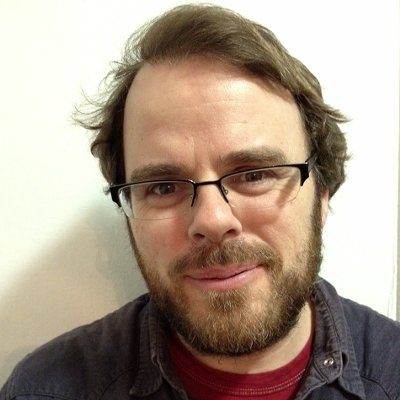This might come across like one-trick retro-VHS nostalgia, the miniseries equivalent of
Movie-mad allusiveness only wins over the movie mad, of course. Happily, Stranger Things soon offers something more than Super 8–style pastiche. Its influences keep getting wider and
The Duffers and their writers and directors (including Shawn Levy) have crafted something singular. This is the best-ever miniseries adaptation of a great horror novel — it just happens to be adapting one that hasn’t actually been written. (Smooshed together, Dan Simmons’ Children of Night, from 1992, and Carrion Comfort, from 1989, might come close to it.) The characterization grows richer with each episode, the tics the D&D gang exhibit in the first hour flowering into traits and then, suddenly, into characters. And the variety of moods and set pieces is continually surprising, even when it suggests some familiar source. Stephen King and Steven Spielberg have often infused the
Through them, she endeavors to communicate with her missing son, who she believes is somehow still alive, somewhere, even after his body has turned up in a quarry. That this makes perfect, persuasive sense to us even as she destroys her living room is
That she goes for broke, investing every breath with doubt and panic, complicates our expectations of the genre. Guess what? Supernatural forces snatching your kid away isn’t a goddam adventure. Stranger Things is more like a horror novel than the Poltergeists of the world. It demands you actually sit back and imagine what it would feel like to be these people — not just to enjoy, somewhat passively, the ways the filmmakers spook them.
Sometimes it’s messy. The young woman who crashes the boys’ D&D club, played by Millie Bobby Brown, is more a plot point than a character, especially as the mysteries of her past get cleared up. Scenes of Matthew Modine’s evil government scientist are boilerplate enlivened only by the chance to contemplate Modine himself. And those D&D boys can sink into schtick, but they’re so likable that this only grates on occasion. Gaten Matarazzo marks the welcome return of a type: the shouting, impassioned pudge, familiar from The Bad News Bears and (more gratingly) The Goonies.
By its end, after eight episodes, Stranger Things becomes darker and more frightening than its opening suggests. Turns out the genre is definitely horror, not coming-of-age E.T.–style.











